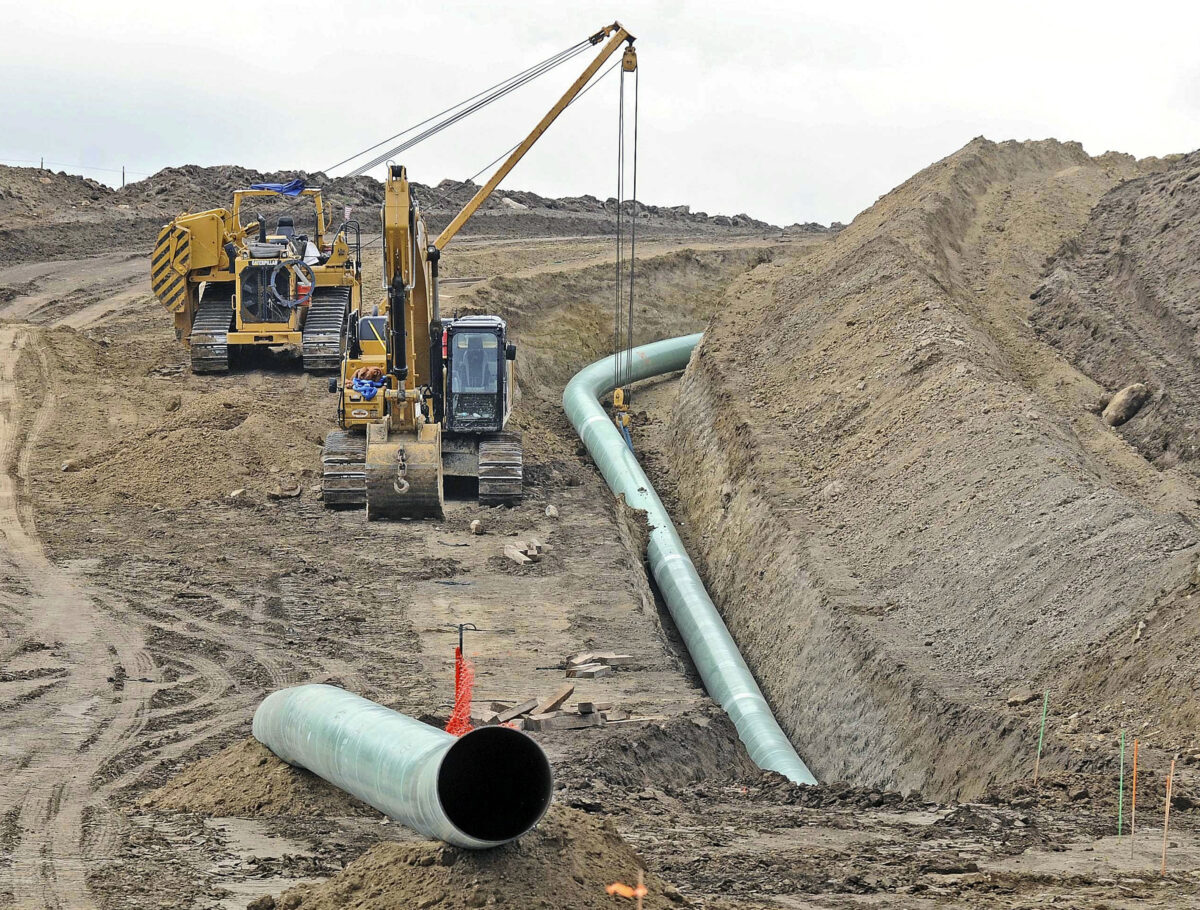
Energy Department Authorizes Liquefied Natural Gas Exports From Alaska Pipeline
Deputy Secretary of Energy Mark Menezes signed an export authorization Thursday for the $38 billion ..
Deputy Secretary of Energy Mark Menezes signed an export authorization Thursday for the $38 billion Alaska LNG Project, which will see stranded Alaskan liquefied natural gas (LNG) exported to non-free-trade-agreement countries across the Pacific. The project is expected to create up to 10,000 jobs during the design and construction phase and as many as 1,000 permanent jobs foreseen for maintenance and operation.
The heart of the project is an 800-mile pipeline that will be constructed to transport natural gas from gas fields on the North Slope of Alaska to a liquefaction facility and export terminal at Nikiski on the Kenai Peninsula, some three hours southwest of Anchorage. The Federal Energy Regulatory Commission (FERC) authorized the location, construction, and operation of the Nikiski liquefaction terminal in May, along with the associated pipeline.
The pipeline will include multiple off-take points for in-state residential and commercial natural gas use, which proponents say will be of considerable benefit for Alaskan householders and industry. In terms of planning and permitting, it is the largest energy infrastructure project in the United States. All federal authorizations are expected to be approved by the end of 2020.
“I am proud to sign this export authorization that allows a path for the otherwise stranded gas resources on the North Slope of Alaska to be made available both to the people of Alaska and to the export market,” said Deputy Secretary Menezes in a statement. “Major infrastructure investments like the Alaska LNG Project will bring long-term benefits to Alaskans, the United States, and to importing nations.”
I am proud to sign this export authorization, which provides a path for otherwise stranded gas resources on the North Slope of Alaska to be made available to the people of Alaska and brought to the global export market. pic.twitter.com/pbUTuyHnkS
— Mark W. Menezes (@DepSecMenezes) August 20, 2020
Assistant Secretary for Fossil Energy Steven Winberg said that “The Alaska LNG Project brings further geographic diversity of permitted US LNG export projects, allowing for more efficient shipping of US LNG into key Asian import markets.”
DOE Authorization
The liquefaction facility and export terminal can export up to 2.55 billion cubic feet per day of natural gas, according to the terms specified in the Department of Energys (DOE) authorization.
The exports are approved for a 30-year term to any country the United States does not have a free trade agreement (FTA) with as long as such trade does not violate U.S. law or policy.
The 42-inch diameter pipeline will have a maximum capacity of 3.3 billion cubic feet of gas per day, and the majority of the pipeline will be buried underground, according to Alaska LNG.
“After the Federal Energy Regulatory Commission approved the project earlier this year, all the pieces of the federal permitting puzzle are coming into place,” said Sen. Lisa Murkowski (R-Alaska) in a statement. “Even when markets are unstable and times are tough, permitting progress on what could be one of the largest projects in the world is encouraging.”
“This is another milestone for the Alaska LNG project that offers great potential for the long-term economic future of our state,” said Sen. Dan Sullivan (R-Alaska). “We are also one step closer to unleashinRead More – Source

